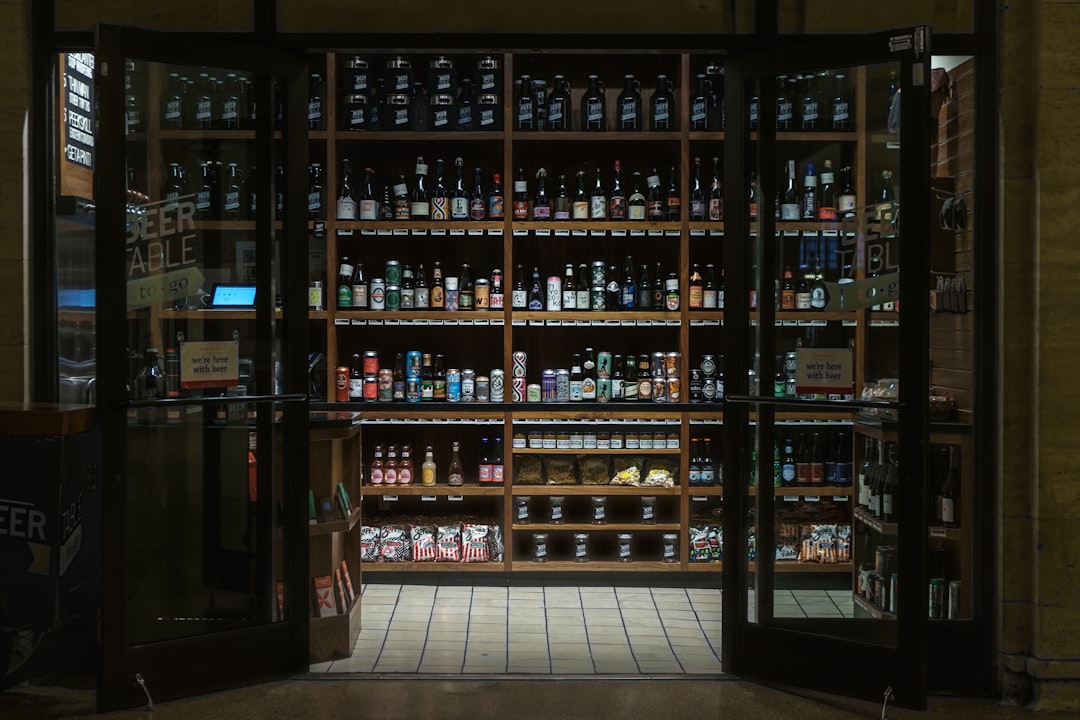As a wine enthusiast, you know that proper wine storage is critical to preserving the flavor and aroma of your favorite bottles.
But with so many types of fridges on the market, it can be challenging to know which one is right for you.
In this article, we’ll explore the key differences between a wine fridge and a regular fridge, and answer some frequently asked questions to help you make an informed decision.
Difference Between Wine Fridge And Regular Fridge
What is the difference between a wine fridge and a regular fridge?
The primary difference between a wine fridge and a regular fridge is the temperature range.
While a regular fridge typically maintains a temperature range of 35-38 degrees Fahrenheit, a wine fridge is designed to maintain a temperature range of 45-65 degrees Fahrenheit.
Additionally, wine fridges are designed to control humidity levels, with ideal levels ranging between 50-80%.
This is critical to prevent corks from drying out, which can lead to spoilage and oxidation.
Can I store wine in a regular fridge or do I need a wine fridge?
While it is possible to store wine in a regular fridge, it is not ideal for long-term storage.
The lower temperature range and lack of humidity control can negatively affect the wine’s flavor and aroma.
Additionally, storing wine in a regular fridge can create vibration, which can disturb the sediment in the bottle and affect the wine’s aging process.
What are the ideal temperature and humidity levels for storing wine in a wine fridge?
The ideal temperature range for storing wine in a wine fridge is between 45-65 degrees Fahrenheit, with 55 degrees being the most commonly recommended temperature.
Humidity levels should be maintained between 50-80% to prevent corks from drying out.
It’s also essential to store wine away from direct sunlight and sources of heat, such as stovetops and ovens.
How do wine fridges control temperature and humidity levels differently than regular fridges?
Wine fridges use a thermoelectric or compressor cooling system to maintain a consistent temperature range, while regular fridges typically use a compressor cooling system.
Wine fridges also feature humidity control mechanisms, such as drip trays and water reservoirs, to maintain ideal humidity levels.
Are there any special features in a wine fridge that are not found in a regular fridge?
Yes, wine fridges often have special features designed to enhance wine storage, such as adjustable shelving to accommodate different bottle sizes, UV-resistant glass doors to prevent light exposure, and vibration-reducing mechanisms to prevent sediment disturbance.
Is it safe to store other beverages besides wine in a wine fridge?
Yes, wine fridges can be used to store other types of beverages, such as beer, soda, and water.
However, it’s important to note that the ideal temperature and humidity levels for wine storage may not be the same for other types of beverages.
Can a regular fridge be converted into a wine fridge?
While it is technically possible to convert a regular fridge into a wine fridge, it can be a complicated and expensive process.
It may involve installing a new cooling system, adding humidity control mechanisms, and adjusting the shelving to accommodate wine bottles.
What are the common sizes and capacities for wine fridges compared to regular fridges?
Wine fridges come in a variety of sizes and capacities, ranging from small countertop units that hold a few bottles to larger freestanding units that can hold up to several hundred bottles.
In contrast, regular fridges typically come in standard sizes ranging from 18 to 33 cubic feet.
Conclusion
A wine fridge is an essential tool for any wine enthusiast who wants to store their wine collection properly.
With temperature and humidity control, special features, and adjustable shelving, wine fridges offer unique advantages over regular fridges.
By understanding the differences between the two and the ideal storage conditions for wine, you can make an informed decision and ensure your wine collection is stored properly for years to come.
FAQs
How do I clean a wine fridge?
To clean a wine fridge, unplug it and remove all bottles and shelves. Use a damp cloth to wipe down the interior and exterior, and mild soap if necessary.
Be sure to avoid using abrasive or chemical cleaners, as they can damage the fridge’s interior and affect the wine’s flavor.
How long can wine be stored in a wine fridge?
The length of time wine can be stored in a wine fridge depends on several factors, such as the type of wine, the storage conditions, and the age of the wine.
Generally, red wines can be stored for up to five years, while white wines can be stored for up to three years.
However, some wines can be stored for much longer, and it’s always best to consult with a wine expert or the winery for specific storage recommendations.
Do I need a separate wine fridge for red and white wine?
While it’s not necessary to have separate wine fridges for red and white wine, it can be helpful to maintain different temperature ranges for each type of wine.
Most wine fridges have adjustable temperature settings, allowing you to store red and white wine at different temperatures.
However, if you have a large collection of both red and white wine, it may be more practical to have separate fridges.
How much does a wine fridge cost?
The cost of a wine fridge can vary widely depending on the size, capacity, and features.
Small countertop units can start at around $100, while larger freestanding units can cost several thousand dollars.
Additionally, some high-end wine fridges with advanced features can cost even more. It’s important to consider your budget and storage needs when choosing a wine fridge.
Roseanne is an avid wine enthusiast, and has been our expert wine connoisseur since day 1. She’s extremely informed about all varieties of wine and different types of wine fridges.

